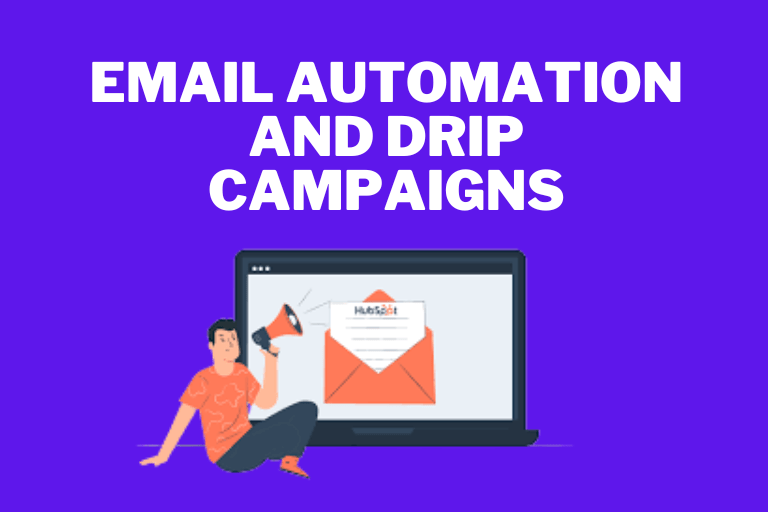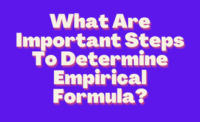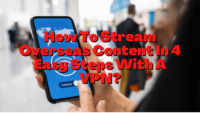Email automation and drip campaigns have become increasingly popular in modern marketing strategies, including SEO training institute in Delhi. With advancements in technology, businesses now have the ability to streamline their email marketing efforts, deliver personalized content, and engage with their audiences in a more targeted and automated manner.
Drip campaigns, on the other hand, are a type of email automation that involves sending a series of pre-scheduled emails to a specific group of recipients over a period of time.
This allows businesses to deliver relevant and timely content to their subscribers, nurture leads, drive conversions, and build customer relationships.
In this era of digital marketing, email automation and drip campaigns have become indispensable tools for businesses looking to optimize their email marketing efforts, increase engagement, and drive results.
In this introduction, we will explore the concepts of email automation and drip campaigns in more detail, including their benefits, use cases, and best practices.
Table of Contents
What Is An Automated Email Drip Campaign?
An automated email drip campaign is a series of pre-scheduled emails that are sent to a specific group of recipients over a period of time.
These emails are triggered based on predefined actions or triggers, such as signing up for a newsletter, making a purchase, or downloading a resource.
Drip campaigns are designed to deliver relevant and timely content to subscribers, nurture leads, and guide them through the customer journey.
What Is The Difference Between Email Campaign And Drip Campaign?
● While both email campaigns and drip campaigns involve sending emails to recipients, there are key differences between the two.
● Email campaigns are usually one-time or standalone campaigns, while drip campaigns involve a series of pre-scheduled emails sent over time.
● Email campaigns are often sent to a larger audience, while drip campaigns are typically targeted to a specific group of recipients.
● Drip campaigns are automated and triggered based on predefined actions or triggers, while email campaigns are typically manually initiated by marketers.
How Many Emails In A Drip Campaign?
The number of emails in a drip campaign can vary depending on the specific campaign goals, target audience, and the length of the campaign. However, most drip campaigns typically consist of a series of 3 to 7 emails sent over a period of days or weeks.
The timing and frequency of the emails in a drip campaign can be customized based on the campaign objectives and recipient behavior.
What Is Drip Vs Trigger Email?
● Drip and trigger emails are often used interchangeably, but they have subtle differences:
● Drip emails refer to a series of pre-scheduled emails sent to a specific group of recipients over time.
● Trigger emails, on the other hand, are automated emails that are triggered by specific actions or events, such as a user signing up for a newsletter, abandoning a cart, or completing a purchase.
What Is Automation In Email?
Automation in email refers to the use of automated tools and software to streamline and optimize the email marketing process. It involves automating various tasks, such as sending emails, segmenting recipients, personalizing content, and tracking campaign performance.
Email automation allows businesses to deliver targeted and relevant content to their subscribers, automate repetitive tasks, and optimize their email marketing efforts for better results.
What Is The Difference Between Email Campaign And Automation?
● The main difference between an email campaign and automation is the level of manual intervention and customization:
● Email campaigns are typically manually initiated by marketers and involve creating and sending one-time or standalone emails to a specific audience.
● Automation, on the other hand, involves using automated tools and software to streamline and optimize the email marketing process, including sending automated emails, segmenting recipients, personalizing content, and tracking campaign performance.
What Are The Types Of Drip Campaign?
There are various types of drip campaigns that businesses can use, depending on their
specific goals and target audience.
● Welcome Drip Campaign: Sent to new subscribers to introduce them to the brand, provide valuable information, and guide them through the onboarding process.
● Nurture Drip Campaign: Sent to leads to nurture them with relevant content, build trust, and move them further down the sales funnel.
● Re-engagement Drip Campaign: Sent to inactive subscribers to re-engage them with the brand, offer incentives, and encourage them to take action.
● Abandoned Cart Drip Campaign: Sent to users who have abandoned their carts to remind them of their pending purchase, offer incentives, and drive conversions.
● Upsell/Cross-sell Drip Campaign: Sent to existing customers to promote additional products or services based on their previous purchases.
What Are The Benefits Of Drip Campaign?
- Personalization: Drip campaigns allow for highly personalized and relevant content to be delivered to recipients based on their behavior, preferences, and stage in the customer journey.
- Nurturing Leads: Drip campaigns are effective in nurturing leads by providing them with valuable information, building trust, and guiding them through the sales funnel.
- Increased Engagement: Drip campaigns can help improve engagement rates as recipients receive a series of timely and targeted emails, increasing the chances of opening, clicking, and converting.
- Time and Resource Efficiency: Automation in drip campaigns saves time and resources by automating repetitive tasks, such as sending emails, segmenting recipients, and tracking performance.
- Higher Conversions: Drip campaigns are designed to guide recipients through the customer journey and encourage them to take action, resulting in higher conversion rates and revenue.
- Better Customer Experience: Drip campaigns provide a personalized and relevant experience to recipients, enhancing their overall experience with the brand and building customer loyalty.
- Scalability: Drip campaigns can be easily scaled to accommodate larger audiences, making them suitable for businesses of all sizes.
- Improved ROI: The targeted and automated nature of drip campaigns can result in improved return on investment (ROI) by optimizing email marketing efforts and driving better results.
What Is Another Name For A Drip Campaign?
Drip campaigns are also known by other names, such as automated email campaigns, email workflows, email sequences, and marketing automation campaigns.
Conclusion
In conclusion, email automation and drip campaigns are integral components of modern digital marketing strategies. They provide businesses with the ability to automate and personalize their email marketing efforts, resulting in increased engagement, improved lead nurturing, and higher conversion rates.






